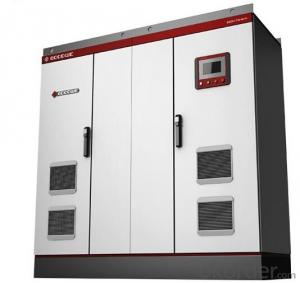Axpert Solar Inverter
Axpert Solar Inverter Related Searches
Maxpower Solar Inverter Xantrex Solar Inverter Solar X Inverter Fox Solar Inverter Power Solar Inverter Max Power Solar Inverter Power Inverter Solar Inverter Power Solar Xantrex Inverter Solar Exide Solar Inverter Pro Solar Inverter Inverter Solar Solar Pro Inverter Inverex Solar Inverter High Quality Solar Inverter High Power Solar Inverter Solar Solar Inverter Cyberpower Solar Inverter Max Solar Inverter Sunpower Solar Inverter Alpha Solar Inverter Foxess Solar Inverter Solar Max Inverter Home Depot Solar Inverter Advanced Energy Solar Inverter Solar Energy Inverter Ampinvt Solar Inverter Inverter Solar Panels Olx Solar Inverter Smart Solar InverterAxpert Solar Inverter Supplier & Manufacturer from China
Axpert Solar Inverter is a line of high-quality solar power inverters designed to convert solar energy into usable electrical power for residential, commercial, and industrial applications. These inverters are engineered to provide reliable and efficient energy conversion, ensuring maximum power output and minimal energy loss. They are equipped with advanced features such as smart monitoring, user-friendly interfaces, and various safety protections, making them a popular choice among solar energy enthusiasts and professionals alike.The Axpert Solar Inverter is widely used in various scenarios, including grid-tied solar systems, off-grid solar systems, and hybrid solar systems. It is suitable for both small-scale residential installations and large-scale commercial projects. The inverters are designed to work seamlessly with solar panels, batteries, and other solar system components, ensuring optimal performance and energy yield. They are also compatible with different types of solar panels, making them a versatile choice for various solar energy projects.
Okorder.com is a leading wholesale supplier of Axpert Solar Inverter, offering a vast inventory of these inverters at competitive prices. As a reputable online platform, Okorder.com ensures that customers receive top-quality products, backed by excellent customer service and support. With a large selection of Axpert Solar Inverter models available, customers can easily find the right inverter to meet their specific solar energy needs. By partnering with Okorder.com, customers can benefit from hassle-free purchasing, fast shipping, and reliable after-sales service, making it a preferred choice for those looking to invest in solar energy solutions.
Hot Products


















































